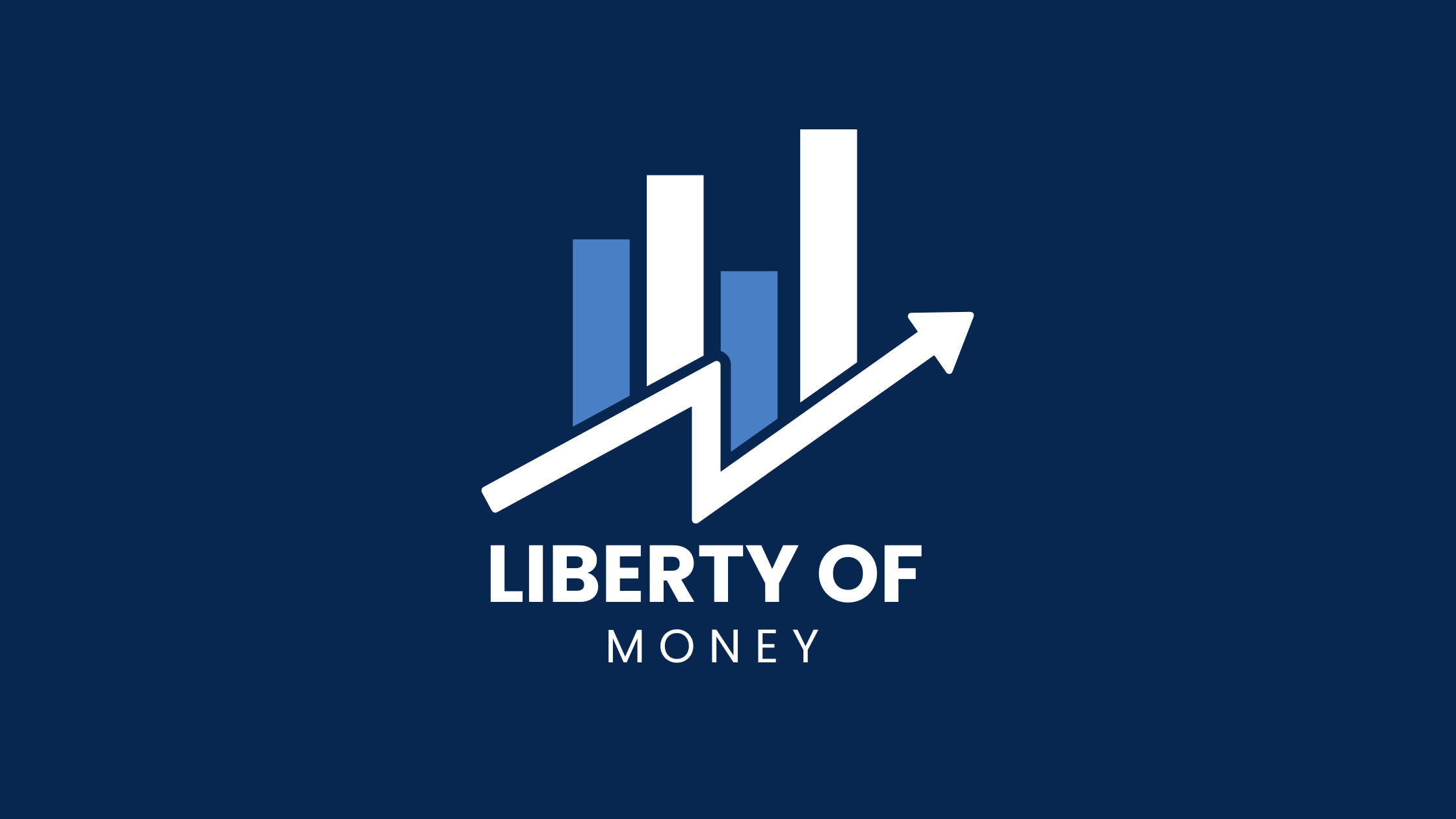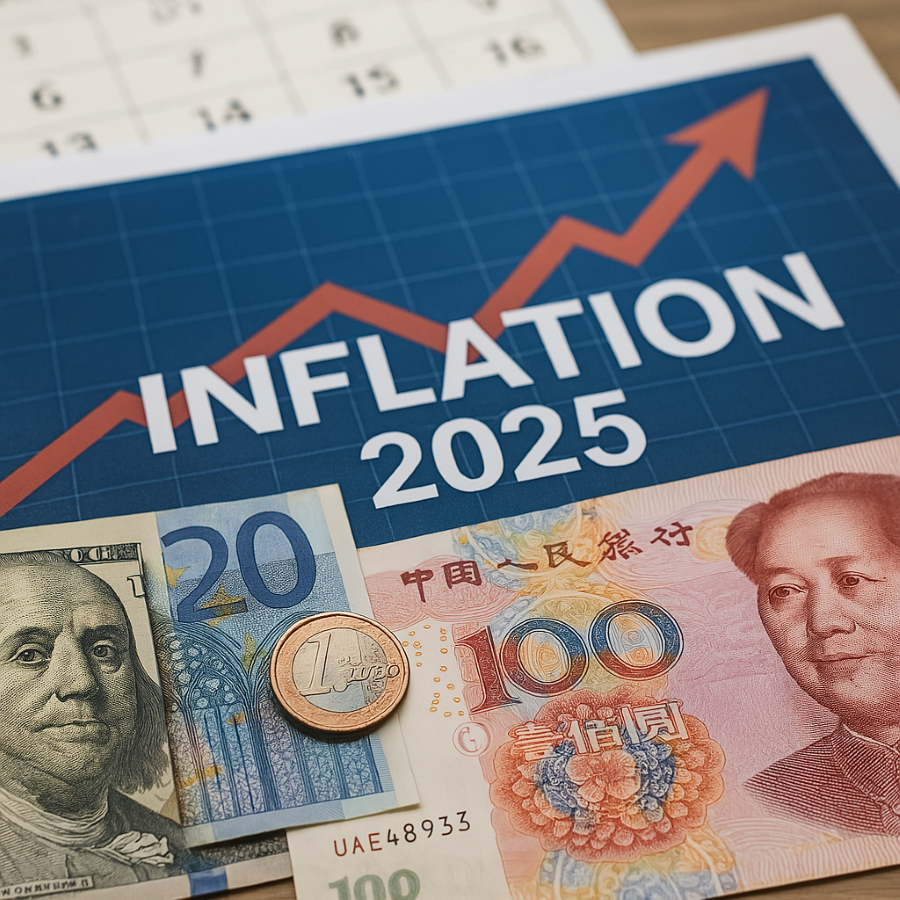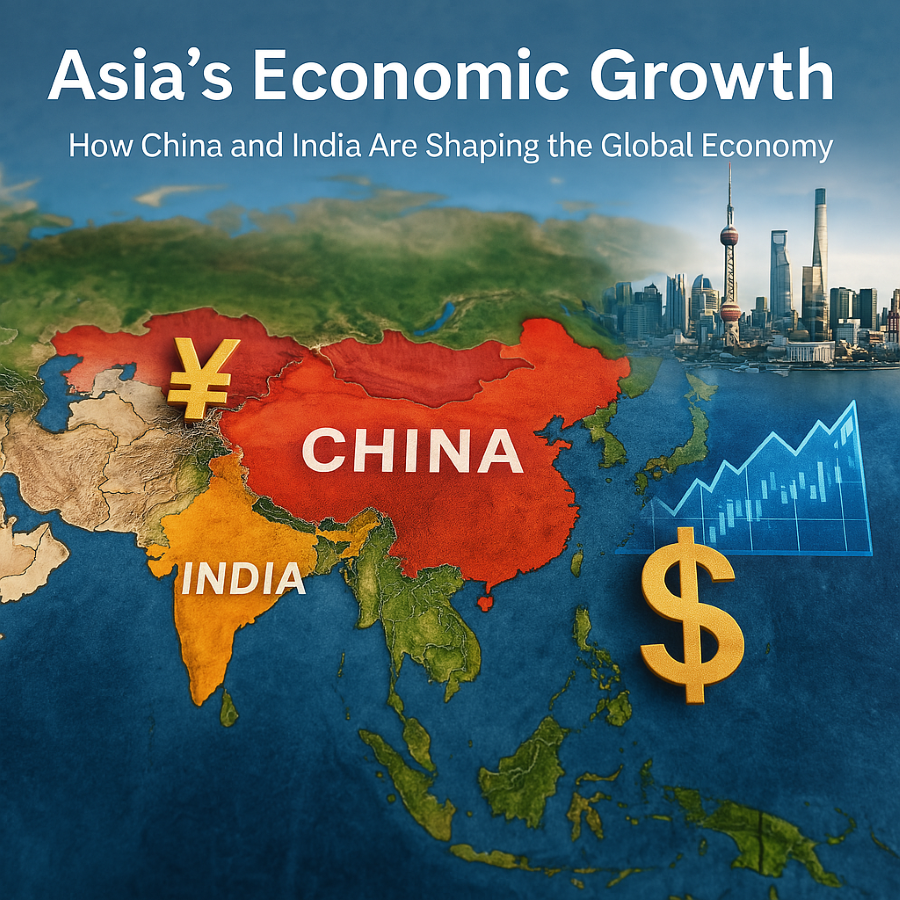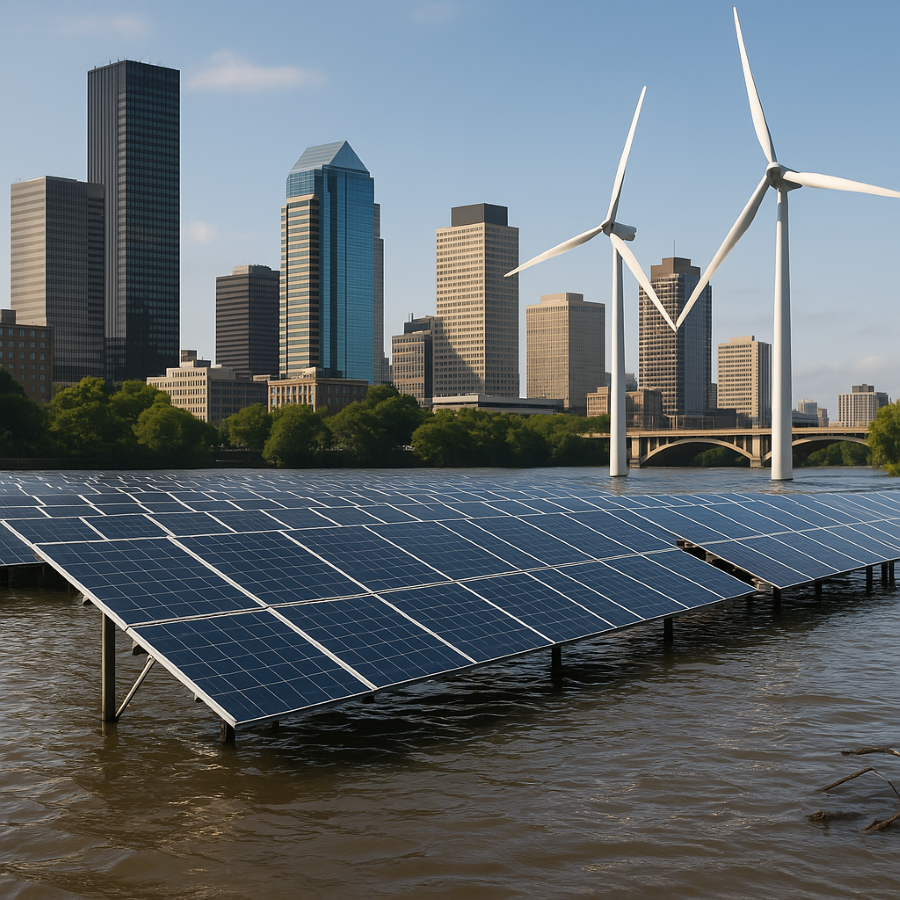What to Expect from the U.S. Economy in 2025?
The U.S. economy in 2025 is set to navigate a dynamic landscape influenced by interest rates, inflation, technological advancements, and global trade. Whether you’re an investor, entrepreneur, or simply looking to safeguard your finances, understanding these trends is crucial.
Interest Rates and Inflation: A Delicate Balance
The Federal Reserve’s monetary policies will continue to shape economic growth. Key factors to watch include:
- Interest rates: After aggressive rate hikes in previous years, experts predict stabilization or slight reductions to boost economic activity.
- Inflation: While inflation showed signs of cooling in late 2024, certain sectors, such as housing and energy, may still experience volatility.
- Consumer spending: With lower inflation and stabilized wages, household spending could see moderate growth.
The Stock Market: Volatility or Stability?
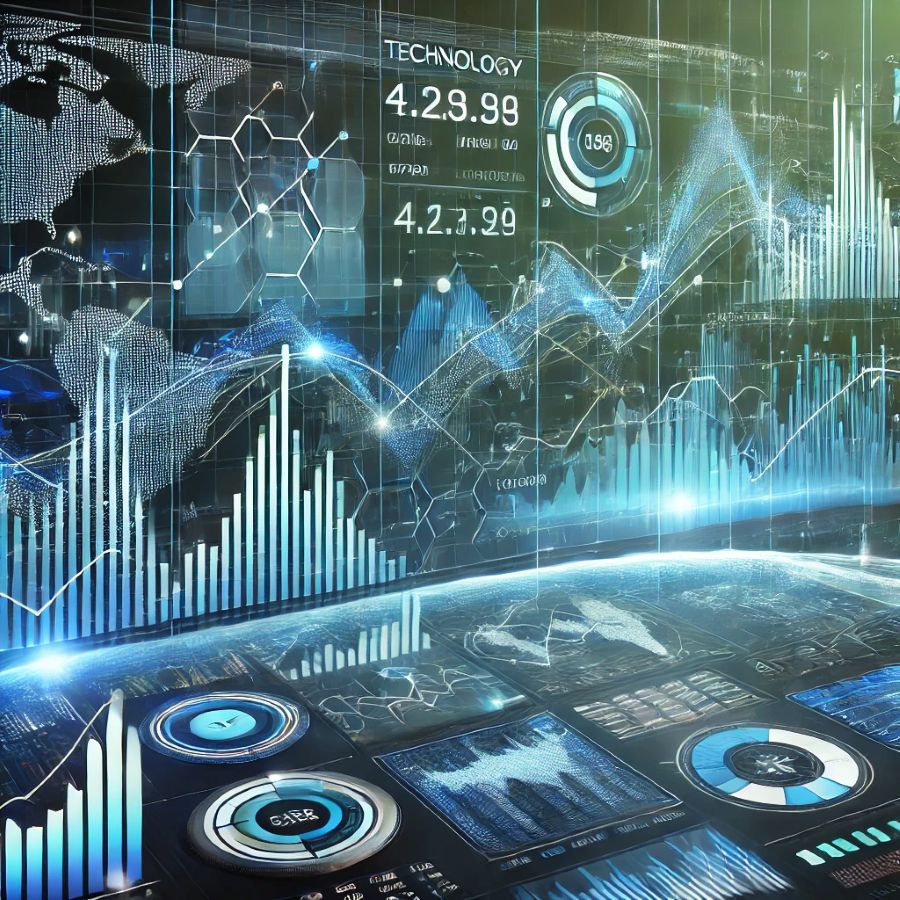
Investors are watching closely as market trends unfold in 2025. Some potential scenarios include:
- Technology and AI stocks leading the charge: Companies focusing on artificial intelligence, automation, and cybersecurity are expected to outperform.
- Energy and sustainability sectors growing: With increased government incentives for clean energy, renewable investments are set to rise.
- Cryptocurrency integration: More institutional adoption of Bitcoin and Ethereum could add stability to the digital asset market.
Job Market and Wages: What’s Next?
The U.S. labor market remains resilient, but trends suggest changes in 2025:
- Remote and hybrid work models: Companies are refining flexible work policies, benefiting tech and knowledge-based industries.
- AI-driven automation: While some jobs may be replaced by AI, new opportunities in tech, healthcare, and renewable energy will emerge.
- Wage growth: A steady rise in wages could improve consumer purchasing power but may also pressure companies to manage labor costs.
4. Housing Market: Is It Time to Buy?

- Mortgage rates: A potential decrease in interest rates may make home buying more accessible.
- Rental market shifts: Urban areas could see rent stabilization as new housing developments meet demand.
- Best cities to invest in: Markets in Texas, Florida, and the Midwest continue to attract investors due to economic growth and affordability.
U.S. Trade and Global Relations
- China-U.S. trade policies: Ongoing negotiations will determine the strength of economic ties.
- Nearshoring and reshoring trends: More companies are bringing manufacturing back to the U.S. to secure supply chains.
- Geopolitical risks: Conflicts and economic sanctions may create uncertainties in global trade and market stability.
Conclusion: How to Prepare for 2025?
The U.S. economy in 2025 presents both opportunities and risks. Staying informed, diversifying investments, and adapting to technological changes will be essential for financial stability.
